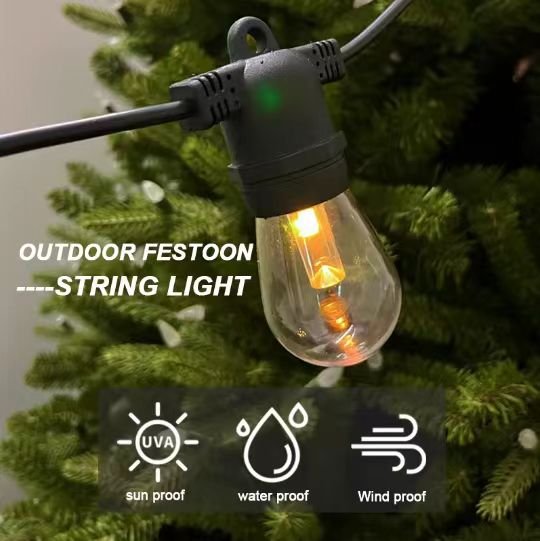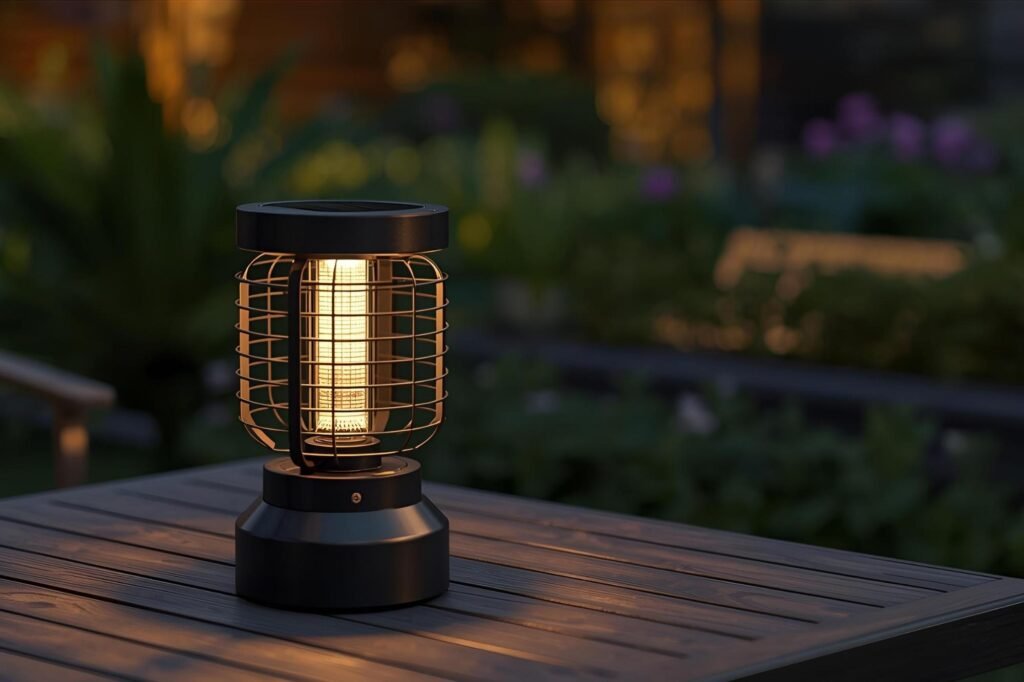Market: United States
An explanation-led guide to illuminate winter gardens for beauty, safety, and orientation—balancing warm ambience with snow-side contrast while controlling glare.
Why winter gardens benefit from thoughtful lighting
Short days, early nightfall, and high surface reflectance fundamentally change how people perceive outdoor spaces in winter. Snow can raise ground reflectance to 0.6–0.9, amplifying bright spots and glare. Meanwhile, cold air improves LED efficacy but adds stress to seals and batteries. A well‑considered plan for 2024 uses warm‑white sources for human comfort, controlled optics to avoid veiling reflections, and schedules that respect seasonal behavior.

Design intent for 2024: structure, contrast, hierarchy
- Structure first: mark paths, steps, and entries with shielded path lights or low bollards at ≤24 in. mounting height to keep source glare below eye level over reflective snow.
- Contrast management: pair warm grazing on bark and masonry with low-luminance markers for navigation. Avoid mixing color temperatures within a single visual zone.
- Hierarchy: select 3–5 focal elements—evergreens, sculptures, textured walls—using 10–25° beams aimed 30–45°. Allow background areas to remain subdued for depth.
- Shadow play: leafless canopies project intricate branch shadows when cross-lit; verify from indoor viewpoints to prevent window glare.
Power architectures tailored to short days
Solar in winter
- Controllers: MPPT with temperature‑compensated charging to protect LiFePO4 capacity in cold conditions.
- Panel tilt: latitude + 10–15° winter bias can raise daily harvest by ~5–15% compared with summer‑optimized tilt.
- Autonomy: design for two overcast days where possible; occupancy‑based boost helps maintain perceived brightness.
Explore SKUs under Solar Garden Light (category shows 62 results at time of writing).
Low‑voltage 12V
- Supply: magnetic AC or DC drivers; multi‑tap transformers mitigate voltage drop on long runs.
- Cabling: UV‑rated burial 12–14 AWG; keep end‑of‑line drop under 10%.
- Controls: astronomical timers with photocell override; reduce output after 22:00 to limit skyglow.
| U.S. zone | Peak sun hours (Dec–Jan) | Solar runtime (3 W head, 6 Wh battery) | Low‑voltage runtime (scheduled) |
|---|---|---|---|
| Phoenix, AZ | 4.5–5.5 | 10–12 h | 11 h |
| Atlanta, GA | 3.5–4.5 | 8–11 h | 11 h |
| Chicago, IL | 2.2–3.0 | 6–9 h | 11 h |
| Seattle, WA | 1.3–2.0 | 4–7 h | 11 h |
| Burlington, VT | 1.8–2.5 | 5–8 h | 11 h |
| Notes | Assumes MPPT + LiFePO4 at 0 °C, panel tilt latitude+15°, and ~20% system losses. Low‑voltage is timer‑bound. | ||
Cold‑weather fixture specification
Critical checks
- Ingress protection: IP65–IP67; compression seals; drain paths for meltwater.
- Materials: copper, brass, or marine‑grade aluminum; stainless fasteners; UV‑stable lenses.
- Optics: louvers or cowls for snow glare; frosted diffusers on path heads near eye lines.
- Electrical: −20 °C or lower ratings; potted connections with strain relief.
Distributions that work
- Paths: Type V or diffuse caps for soft beam edges on reflective surfaces.
- Accents: 10–25° beams for bark and stone; 36° for broad shrubs and hedges.
- Wall grazing: 6–12 in. offset to reveal texture while limiting uplight.
Maintenance cadence
- Quarterly lens cleaning; post‑storm realignment.
- Solar: clear panels after snowfall; annual capacity check of batteries.
- Low‑voltage: re‑torque lugs; measure voltage after freeze‑thaw cycles.
Cost and energy model for a 12‑fixture path layout
| Metric (Dec–Feb) | Solar system | Low‑voltage 12V system |
|---|---|---|
| Hardware | $1,080–$1,680 | $960–$1,520 + transformer $180–$320 |
| Install labor | $360–$720 | $720–$1,080 |
| Energy (90 days, 11 h/night) | $0 | $28–$38 at $0.16/kWh |
| Seasonal maintenance | $60–$120 | $60–$120 |
| Runtime assurance | Weather‑dependent in cloudy belts | High (grid supplied) |
| Assumptions | 3 W per head, 33 Wh nightly; ~20% solar losses; electricity price per EIA U.S. average. | |

Placement and spacing patterns
- Paths: 6–8 ft on center with alternating offsets; avoid mirrored pairs that create tunnel glare.
- Steps and risers: 1–2 W linear or puck luminaires under nosings; shield to minimize reflections on icy surfaces.
- Trees: aim 30–45° to sculpt trunk texture; avoid uplighting into bare crowns near bedroom windows.
- Water features: side‑graze to reveal texture and vapor; IP67/68 only where allowed by code.
Controls and schedules
Suggested schedule
| Window | Output | Notes |
|---|---|---|
| Sunset–22:00 | 100% | Wayfinding and activity peak |
| 22:00–Sunrise | 40–60% | Security presence with reduced skyglow |
| After fresh snowfall | −20% from baseline | Compensate for elevated reflectance |
Glare management
- Shield emitters visible from shared boundaries; verify from seated and standing eye levels.
- Keep a single CCT within zones; mixed whites feel harsher against snow.
- Favor grazing and downlighting; limit uplight to special effects only.
Product discovery
See curated solar selections at Solar Garden Light and browse the broader inventory under garden lights. The categories list 62 solar results and 98 total garden‑lighting results, including string lights, decorative heads, and patio strands—suitable for retrofit and new‑builds.
Frequently asked questions
References and outbound attributions
- U.S. Energy Information Administration (EIA) — average retail electricity: https://www.eia.gov/
- NREL National Solar Radiation Database (NSRDB) — peak sun hours: https://nsrdb.nrel.gov/
- Illuminating Engineering Society (IES) — residential outdoor practices (LP‑2, RP‑8 contexts): https://ies.org/
- U.S. DOE Solid‑State Lighting program — LED behavior in low ambient: https://www.energy.gov/eere/ssl/
- Internal product source and imagery: ShineU S14 decorative solar string light — https://shineulight.com/product/garden-solar-lights-decorative/
- Category sources: Solar Garden Light ; garden lights


